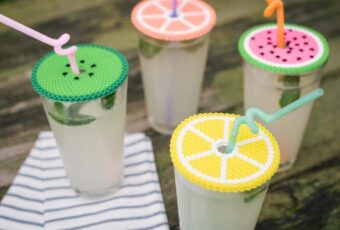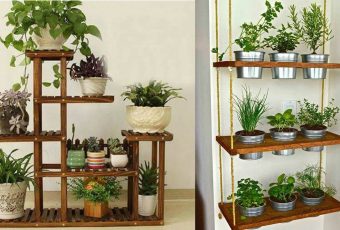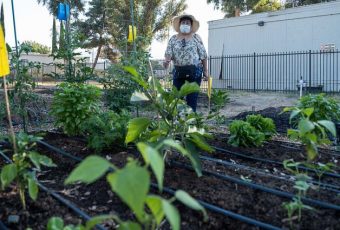Wouldn’t it be nice if you could walk through your neighborhood’s public park looking at the beautiful scenery that includes trees bearing fruit, and then be able to reach up and grab a piece to enjoy? What if later you could take some of the vegetables from the garden as well, or bring them to a local food bank? Well, this could become a reality in the future.
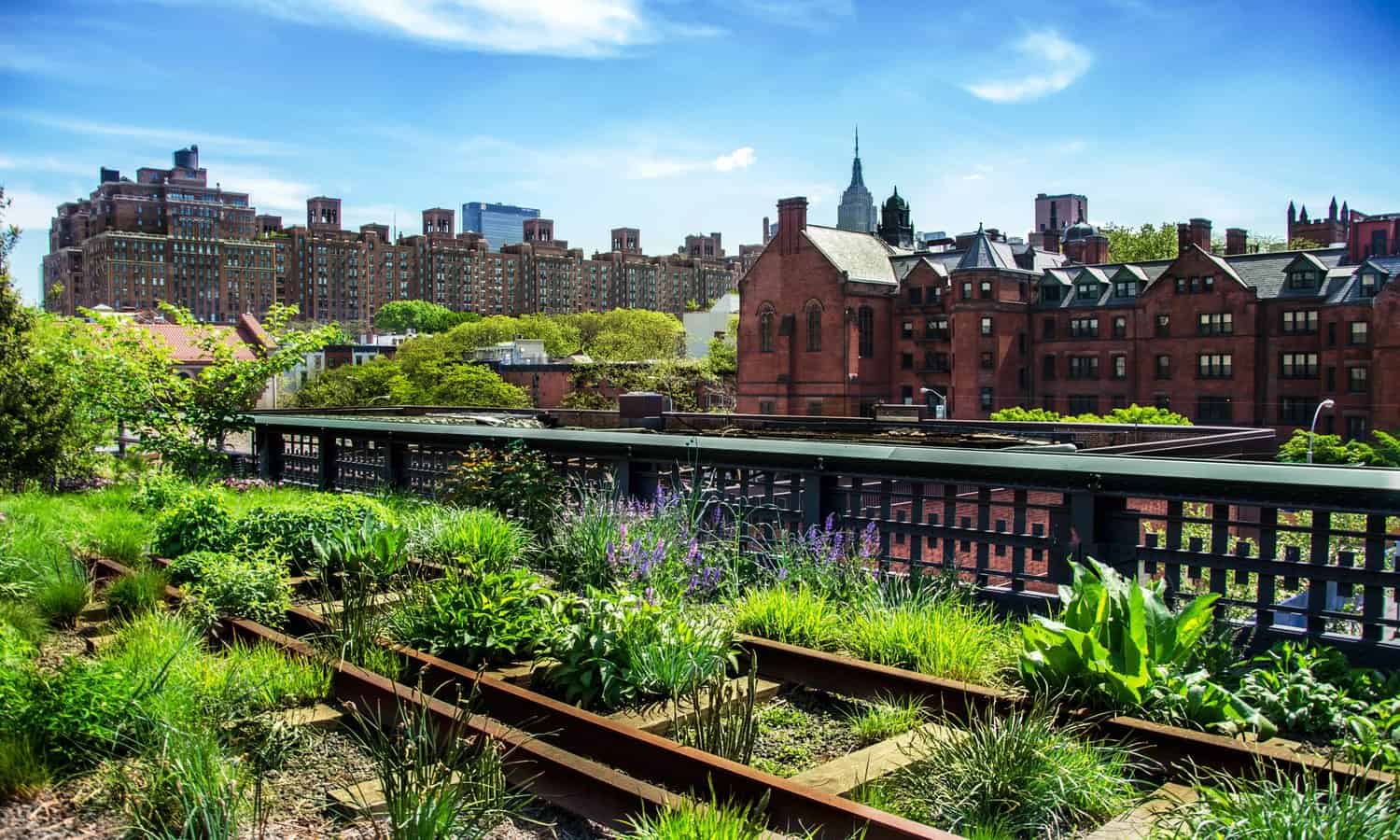
Urban Edible Landscapes
A movement is steadily growing, where gardeners, landscape designers, urban planners, and food activists where park plans are encouraged to become “edible.” Flowers are nice to look at, but why shouldn’t we grow functional plants that can help feed us all?
Landscape designers and professor at the University of New South Wales in Sydney, Australia Joshua Zeunert shared: “Public food landscapes can transform public spaces from being passive scenes to view or experience at a relatively superficial level.”
A “public food landscape” as he calls it involves land that produces food that is fully accessible by the public purely for the public’s benefit. That can range from community veggies gardens, “edible forests” with berries and nuts, and agriculture projects at public universities that provide food benefits to the surrounding community.
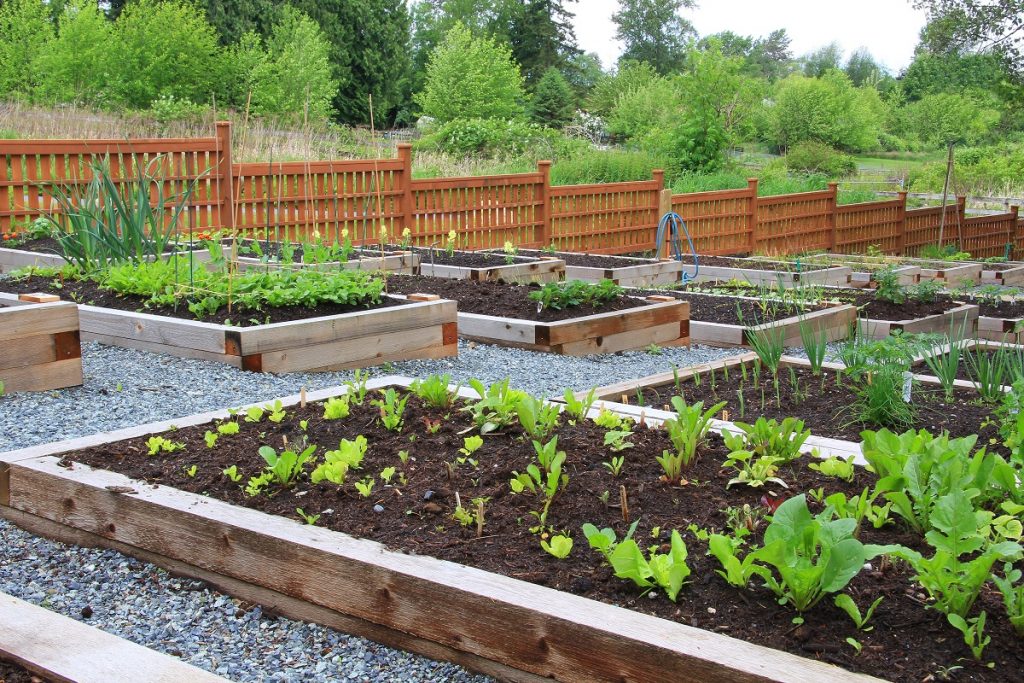
Growing Food For The Community
Zeunert points out that this is not a new idea, as “victory gardens” were quite trendy after the First and Second World Wars. People turned parks into food production sites to help with the war effort. Once the wars subsided, the parks tended to disappear. Now, it might be a good idea to bring them back.
Around the United States, many types of these projects are popping up. Lafayette Greens, in downtown Detroit, is an urban garden that also hosts live events like art installations, concerts, and community yoga classes. The garden aims to increase flowering plants and also pollinating insects. Volunteers who help maintain the space can take produce home, and the rest is all given to local food banks in the area.
At the Gary Comer Youth Center in Chicago, there is a 24-inch layer of dirt on top of the roof. It’s then irrigated by naturally falling rainwater. The students that are a a part of the young horticultural program tend fruits and vegetables in this rich soil. These are then used in the culinary classes offered at the center, and later served at the cafeteria. They grow over a thousands pounds of carrots, lettuce, cabbage, and strawberries.
Zeunert says: “I think Covid has made people more aware of our utter dependency on our farmers, food retailers and the at-times mind-boggling supply chains and processes required to keep these operational.”
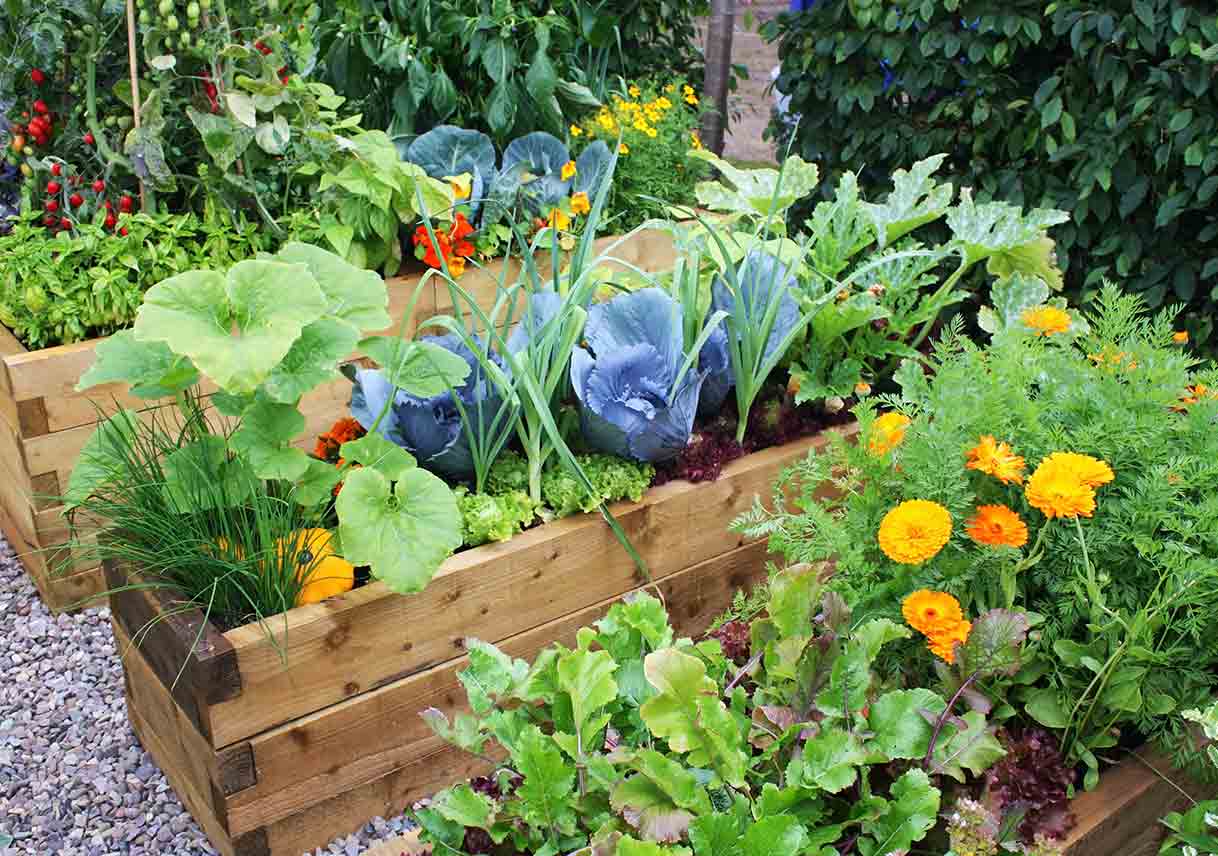
Food Grown Is Often Given To Local Food Banks



